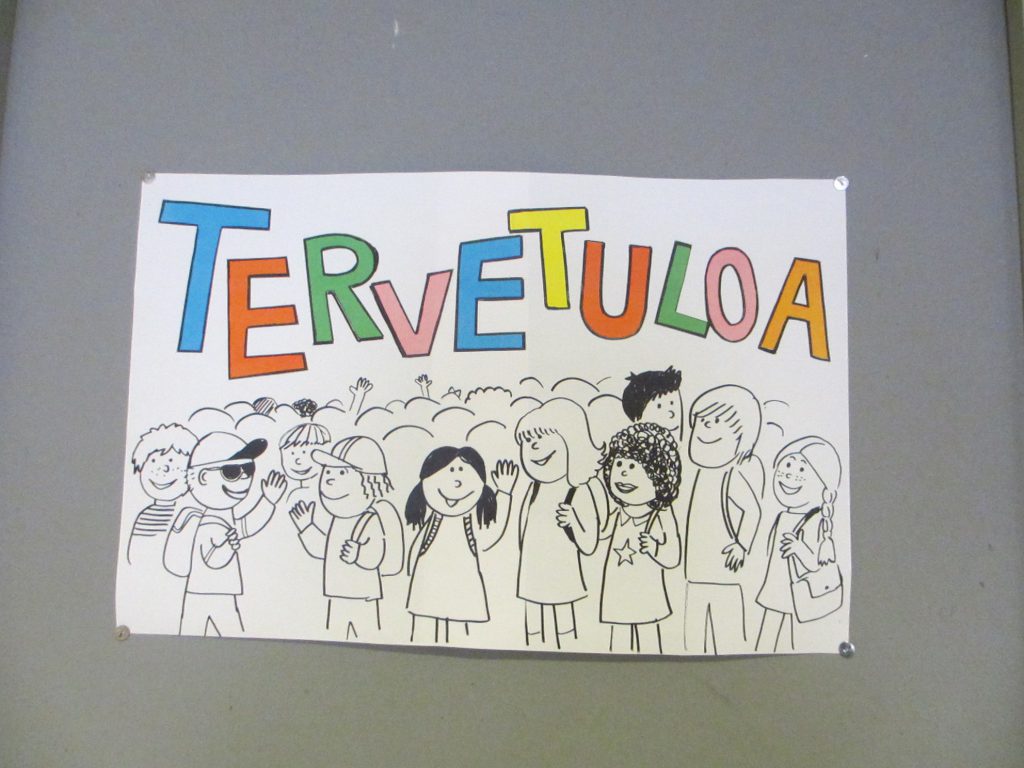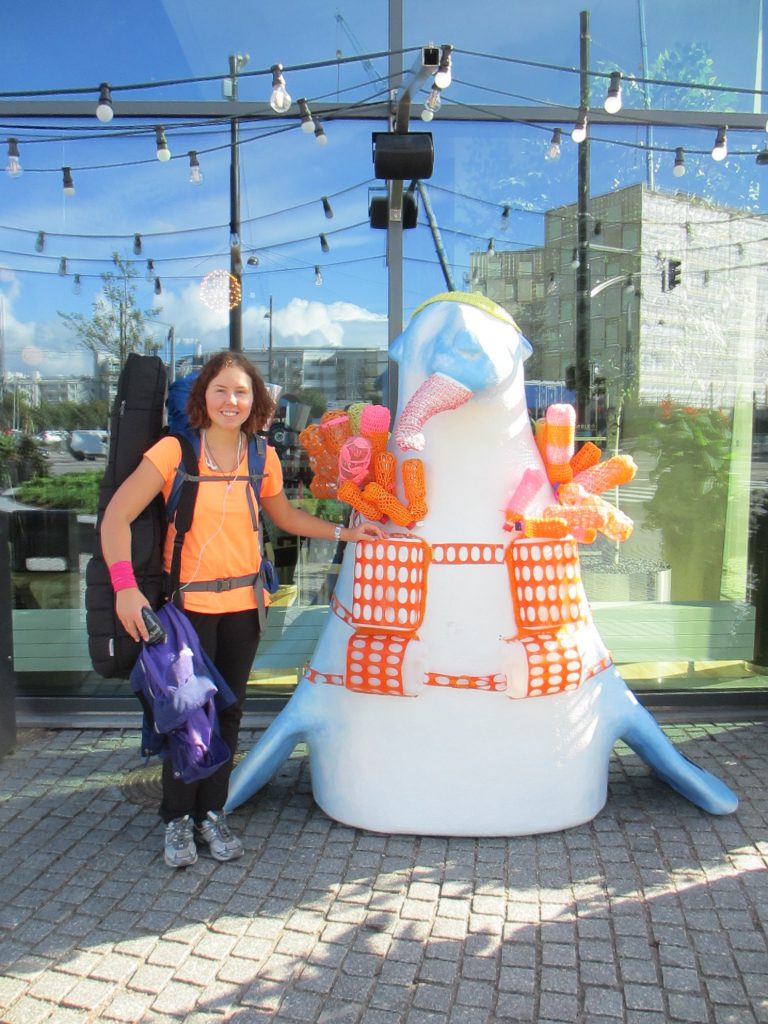During the first trip, I could only learn a little about schools for children with hearing loss, because I had to go back to Russia. In Helsinki, the last school for deaf children was closed around 10 years ago, as they decided that children with hearing loss are better off studying with their peers who hear well. So, we are talking about integration of children with hearing loss into the environment of their peers who hear well. Nowadays, we hear the words “integration” and “inclusion” more and more often. I would like to explain the major difference. Both terms imply different involvement of a child with limited health capacities (“a child with limited health capacities” is an official term in Russia) in the education system. Integration presupposes that a child with disability is integrated into the environment of ordinary peers, and studies and develops according to the standard requirements. In other words, we just place a special child from a special institution to an ordinary one, and he or she studies there. During integration, A CHILD WITH LIMITED HEALTH CAPACITIES ADAPTS TO THE REQUIREMENTS OF THE ENVIRONMENT.
Integration can be different.
Full integration: a child with limited health capacities constantly studies with ordinary peers and constantly spends out-of-school time with them;
Non-full integration: a child with limited health capacities studies with ordinary peers and spends most of his or her out-of-school time with them;
Partial integration: a child with limited health capacities spends only a part of his or her school and out-of-school time with ordinary peers;
Occasional integration: a child with limited health capacities is only united with ordinary peers on special events and festivities. The purpose of this kind of integration is to organize at least minimum interaction between children.
As for inclusion, it implies acceptance of each child’s personality, and the studies are organized so that all educational needs of the child are satisfied. An individual study program is created. Thus, inclusion presupposes that THE ENVIRONMENT ADAPTS TO THE NEEDS OF A CHILD WITH LIMITED HEALTH CAPACITIES. Thus, we can consider inclusive education more humane. And more advanced.
So, the last school for deaf children in Helsinki (Albert’s School) was disbanded and moved to a general education school. Thus, we can call it partial integration, as despite the fact that all the children study in one school, children with limited health capacities (in this case they are children with hearing loss) study in separate classes and interact with their peers who hear well only on walks, special events and festivities. Moreover, some lessons are held together. I managed to get to the school and talk to the director. She turned out to be very friendly, though she was utterly amazed by my visit. I couldn’t contact this school in advance, as Russian search engines didn’t give me any information even for a search in English. These were my acquaintances in Helsinki who helped me find this school through Finnish search engines, and even this took a lot of trouble. The school looks like in a traditional American movie: friendly children, light corridors, everywhere there are children’s handicraft, models, drawings, good repairs… The atmosphere is that of a festive day.
As I said before, children with hearing loss study in separate classes. They have one hearing teacher and two deaf ones. All the three speak Finnish and English excellently and write skillfully. As I had to return to Russia very quickly, I couldn’t observe the lessons, but now I’m corresponding with the school’s teachers, and I will surely let you know about the new information that I’ll be able to get! I will go back to this school during my future journey, in autumn.
The school’s name: Albertin koulu
Address: Finland, Helsinki, Viinenkuja, 6



